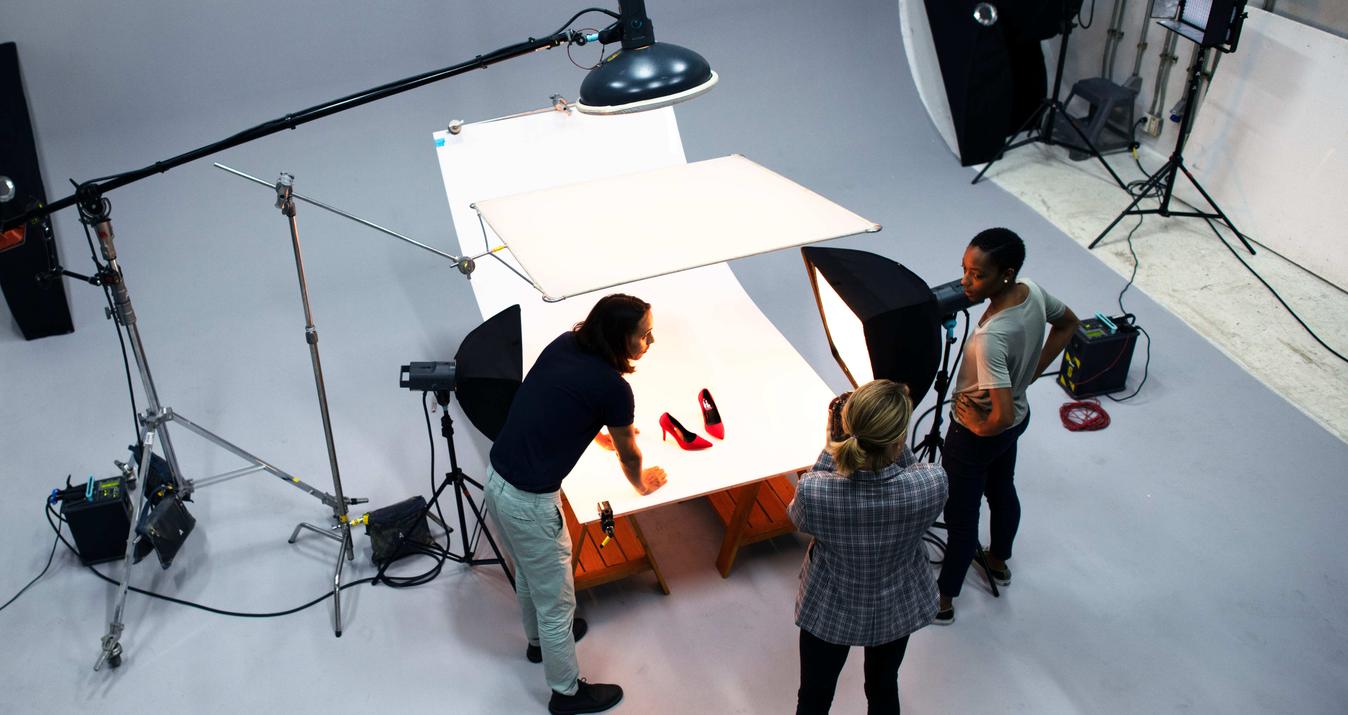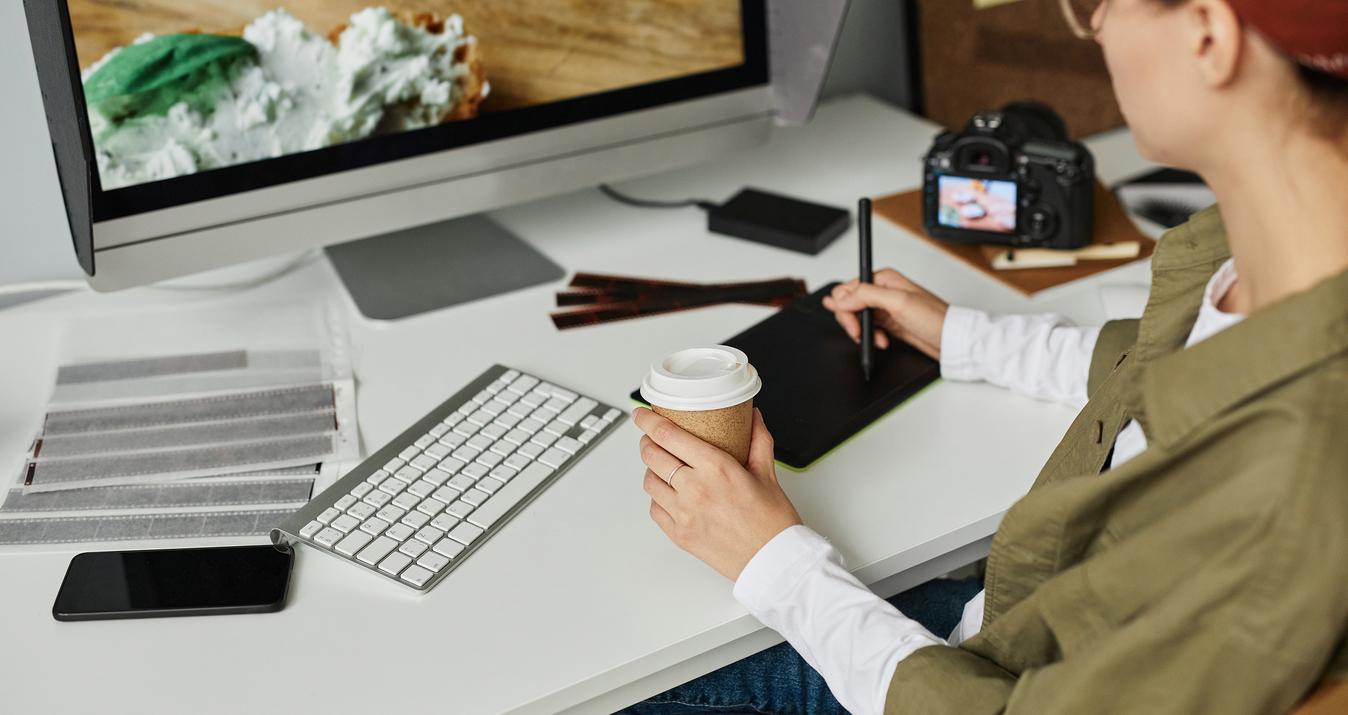Winter Photography Tips for Shooting Outdoors
December 19, 2019

Winter is a great season for photography. The weather is moody and gives us fog, frost, snowstorms, blizzards, cold colors, and pale and dramatic sunlight.
Still, winter photography can be hard to master. Here are the best tips to help you get outside and take amazing pictures this winter.
Do you need inspiration to take winter photographs? Start with snow-covered landscapes and finish chasing the northern lights. Find the winter in the cities and the mountains, observe how people change their lifestyles, and go after the perfect winter sunrise. Light is the key ingredient, as winter offers plenty of opportunities for high-key photography, black and white compositions, and outstanding portraits.
 Photo by Galina N, Unsplash
Photo by Galina N, Unsplash
Check out the following winter photography tips from Evgeny Tchebotarev, Chief Growth Officer at Skylum.
Take care of your equipment
Even if the light is perfect and the scenery just right, you won’t be able to take pictures if your gear isn’t in the best shape. Cold and wet weather affect cameras and lenses. Even the batteries can cause problems. Here’s how to protect your equipment during a winter photo session.
Protect your batteries from the cold
In low temperatures, batteries run out fast even if you don’t use them. Normally, a fully charged battery lasts for a few hundred shots, but in cold weather, its lifetime drops 50–70%. But bringing more spare batteries won’t help if you don’t keep them in a warm place. Put them in your jacket’s inner pockets, close to your body heat, or invest in a winter weather camera bag. To make sure they stay warm, wrap them in a wool sock.
Avoid lens fog
If you’ve ever had eyeglasses, you know they tend to fog up every time you enter a warm room. The same goes for camera lenses. Condensation quickly builds up on the lens, making it harder to keep it clean and ready for a shoot. To avoid that, keep your camera in your bag, which will help to balance the temperature differences, or keep the bag and camera outside, if possible. This way your lens won’t fog up and will be ready for a shot at a moment’s notice.
Keep your gear dry
A good rain or snow cover for your camera is a must when you take pictures during winter. Lenses and cameras are expensive, and you don’t want to ruin them after a season. Professional covers will keep your gear dry and protected. A snow cover costs from $6 to $100, but even the most expensive is still a good investment compared with the price of a new camera.
Dry your camera fast
If you didn’t use a snow cover and your camera got wet, find a warm place and dry it immediately. Wrap a dry towel around it and let it sit for several hours. Don’t try to wipe it, because you’ll risk moving the water deep inside the camera and ruining the electronic components. Yes, waiting for several hours will ruin your day, but at least it will save your camera.
 Photo by Evgeny Tchebotarev
Photo by Evgeny Tchebotarev
Take care of yourself
Taking pictures in the winter isn’t just about the amazing landscapes and weather. If you have frozen hands, you can’t handle the camera properly. If your feet are wet, you won’t feel the magic of the northern lights. So to take great winter photos, take care of yourself.
Invest in photo-friendly gloves
In freezing temperatures, it’s impossible to shoot without gloves. But if you use regular, thick gloves, you won’t be able to use all of your camera’s controls and you’ll get frustrated. You can find photo-friendly gloves in most photo stores. They have thin thermal fabric around the fingertips to allow you full control over the camera and special fabric on the palms for a secure grip.
Stay warm
Taking pictures outdoors during winter is challenging. You can be out there for hours, trying to catch the perfect light. Be prepared for harsh wind, freezing temperatures, and heavy snow. Invest in a good winter coat, gloves, a hat, and waterproof boots. Remember that keeping yourself warm allows you to spend more time taking pictures!
 Photo by Saksham Gangwar, Unsplash
Photo by Saksham Gangwar, Unsplash
Technical tips
Winter sceneries are perfect for trying new techniques and extending your portfolio. But they are also challenging. You may have compositions with a wide dynamic range, low lighting, desaturated colors, or low contrast. Shooting during winter is good practice for learning the technicalities of photography.
Exposure compensation when shooting in bright conditions
Sunny winter days and the whiteness of fresh snow are a challenge for any camera. The camera doesn’t know what you’re shooting, and you have to let it know the subject is very bright. Unless you want gray snow, you have to adjust the exposure compensation by +0.3 or +0.7.
Photograph a snowfall
A snowfall is a great subject for winter photography. To shoot it properly, you need a telephoto lens with a focal length of 70mm or more. It’s even better if you use a 200mm lens or longer and set a shallow aperture (between f/4.5 and f/6.3). You also need a fast shutter speed (1/400 of a second or faster). Using these settings, you’ll have the snowflakes in front of the lens and behind the focus point larger than the rest. The subject will be surrounded by large and slightly blurred snowflakes. Exactly like they look in fairytales!
Photograph landscapes during the golden hour
In photography, the golden hour is the first hour after sunrise and the last hour before sunset. These are the best times of the day for shooting landscapes, with warm colors and dramatic skies. But during the winter, the sunrise and sunset are more dramatic than usual. If you’re lucky enough to catch the moment right after a snowstorm, the effect is even more spectacular.
Moreover, in winter the sunrise and sunset are at convenient hours and you can easily plan a photo session especially for these moments.
 Photo by Evgeny Tchebotarev
Photo by Evgeny Tchebotarev
Use your (modern) phone
Phones are seriously awesome now, and I tend to frame my shots with a smartphone for two reasons. First, when using the iPhone 11 Pro, I have a wide range — from 13mm to 52mm — allowing me to understand the creative limitations before I get my camera out. Secondly, if it rains or snows, I’m able to use my phone for a variety of creative shots without worrying that it won’t survive a little dip in a freezing lake.
Editing tips
Improve portraits by removing redness
Well, one thing is for sure — it’s cold in the winter! When shooting portraits, noses and ears freeze fast and turn red. But fixing this is easy with the Color tool in Luminar. After selecting the Color tool in Essentials, click on the Advanced settings, select the Red or Orange channels, and adjust the saturation slightly to between -5 and -10. This will help tone down the reds. For more precise editing, use a mask tool to only select portions of the portrait.
 Photo by Roksolana Zasiadko on Unsplash
Photo by Roksolana Zasiadko on Unsplash
Share these tips with your fellow photographers and plan a winter photo session! Remember to protect your gear and keep yourself warm. Winter photography is as challenging as it is rewarding.





